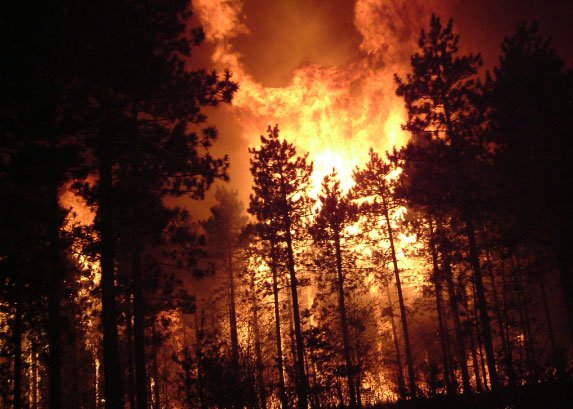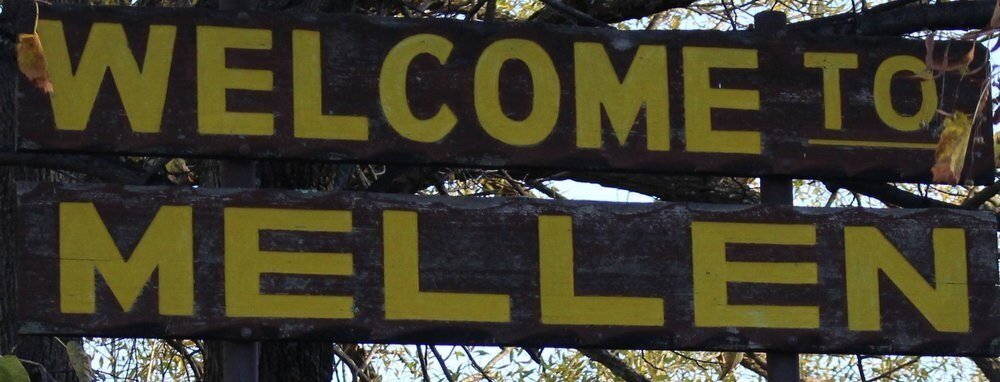Cryptid Profile: The Buru
When most think of the resident monster roaming through the mighty Himalayas, the first (and usually only) creature in their mind tends to be the elusive Yeti. But the Yeti is not the only mysterious creature thought to call (or once call) this 16,000mi long mountain range home. Legends and stories talk of giant lizards that at one time, made their home in the lower Himalayan swamp valleys. A species of giant lizard known as the Buru.
Near the end of WW2 in 1945, a well-traveled explorer and British zoologist by the name of Charles Stonor, and an anthropologist by the name of J.P. Mills made their way to a valley on the eastern side of the Himalayas known as Rilo. The reason for their journey was to search for a species of aquatic lizard that was said to measure over 13 feet in length and thrived within the swamps of the valley. The native peoples of the area spoke passionately of the gigantic reptiles and described them as looking almost like a cross between a crocodile and a snake. The animals were said to be strictly aquatic and rarely made appearances out of the water, but every so often, their nearly 2ft long head would break the water’s surface and they would emit a deep loud roar. There were no stories from tribe members speaking of encounters with the creatures that resulted in harm or death, but they did speak of how the giants were able to frighten most tribe members away from the water’s edge. The lizards were thought to be more shy than dangerous. Sadly though, the expedition turned up no hard evidence for the existence of the Buru.
Three years later in 1948, Charles Stonor once again made his way to the Himalayan region, but for this expedition he brought along London journalist Ralph Izzard. Their area of focus would be a valley located on the north-east side of the mountains called Apa Tani. Through his research, Stonor learned of a tribal group of people that lived within the valley known as the Tanw (or the Apatani) that told stories of past encounters with the Buru. Speaking to the Tanw, Stonor and Izzard learned that when the ancestors of the tribe settled the valley, they encountered gigantic lizards that filled the swamps. During one of the first hunting trips within the area, a tribal hunter encountered a baby Buru within the swamp and tried to capture it, but the nearby mother did not allow this to happen and pulled the hunter under the water and drowned him. Fearing that these creatures may prove to be even more dangerous and continue to kill, the Tanw ancestors drained the swamp lands and ultimately eradicated most the Buru population. The surviving Burus were thought to have burrowed deep within the mud and migrated towards underground springs. The last time a Buru was seen within the Apa Tani valley was a few years after the swamps were drained. A young woman came upon one while gathering water from a local spring at night. The creatures long head broke the surface of the water close to her location and gave her a good enough scare that she fled the area. The woman told her father of her encounter and he in turn informed the rest of the village of the creatures presence. A few days later, the entire village filled the spring with rocks and boulders, thus removing the last know Buru from the valley.
While the news that the Buru was no longer present in the region was disappointing, the expedition was not without benefit. The two men learned from their journey that the creature said to no longer live within the Apa Tani valley matched the description of the creature said to currently live within the Rilo valley almost exactly. It was because of these similar descriptions that were provided by two separate tribes located many great distances apart, that Stonor and Izzard believed that the Buru had to either exist, or existed at one point but was now extinct.
The witness descriptions of the Buru say that the creature is/was between 11 and 15ft long, possess a nearly 2ft long head, a flat nose and deep set eyes located behind it. Within its long mouth were four long fang-like teeth (2 on top and 2 on bottom), all the rest of the teeth were flat. It had a forked tongue. The neck was said to be nearly 3ft long and was thought to be able to stretch out like a turtle (thus allowing its head to breach the surface of the water). The skin color was a dark, almost blackish blue and was broken up by white blotches and a somewhat white belly. Its body and tail were somewhat round and its four legs were said to be stumpy and adorned with claws. There were also said to be three rows of short spine-like bumps running down its sides and back. The diet of the Buru was unknown by the two tribes, but they were sure in their assumptions that it did not eat fish.
In 1951, Ralph Izzard published the journal he kept during the 1948 expedition with Charles Stonor, it was released under the name “The Hunt for the Buru”.This book is still available for purchase to this day.
So what is/was the Buru? Some Cryptozoologists (such as Bernard Heuvelmans and Roy Mackal) feel that the Buru was/is a new species of large monitor lizard, one that would be in the same family as the Komodo Dragon and that the creature more than likely had only recently gone extinct during modern times. Other theories include a new species of crocodile (proposed by Cryptozoologist Tim Dinsdale), a surviving dinosaur (proposed by Ralph Izzard), a new species of swamp-dwelling lungfish (proposed by Cryptozoologist Karl Shuker), and possibly a new sub-species of Arapaima (AKA: the Pirarucu), a large species of bonytongue fish native to South America. These fish are among the world’s largest freshwater fish and can grow nearly 10ft long, weigh almost 500lbs, and breath air rather than use their gills.
-The Pine Barrens Institute
*Image Credit: Google
Do you have a strange tale, family legend, or odd sighting you would like to report? Get in touch with us here to share what you know!
Want more monster stories in your life? If the answer is yes, then make sure to check out our book ‘Monsters In Print: A Collection Of Curious Creatures Known Mostly From Newspapers’, available now from Amazon!
Make sure to also check out our shop for official PBI shirts, totes, buttons, and stickers!































